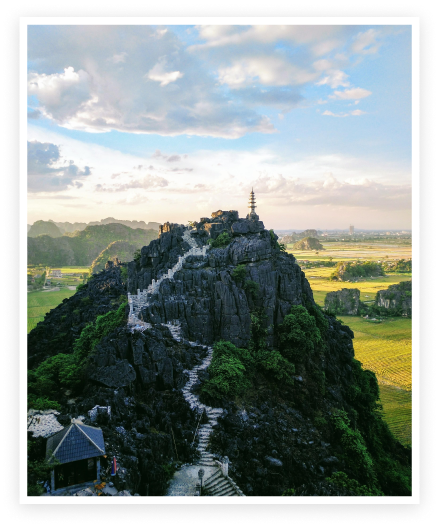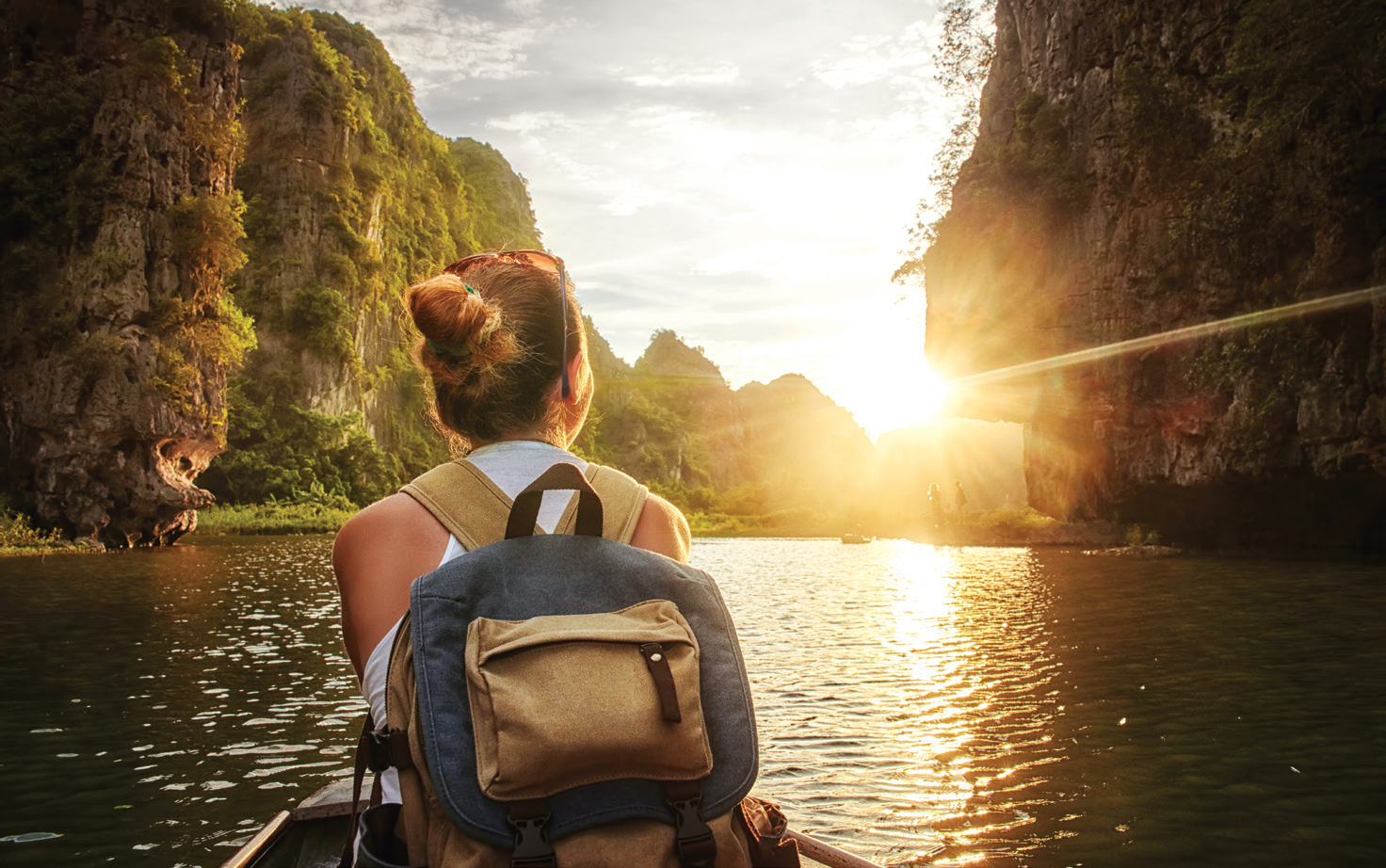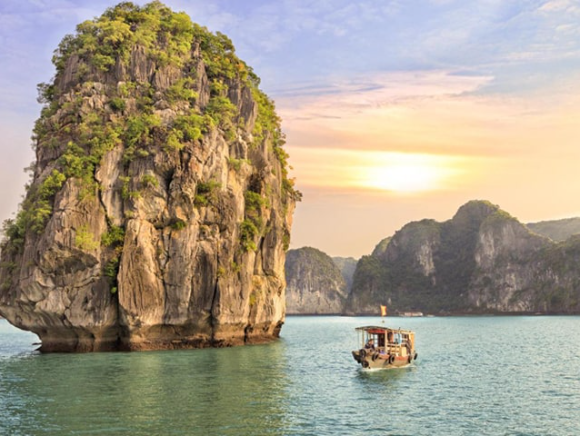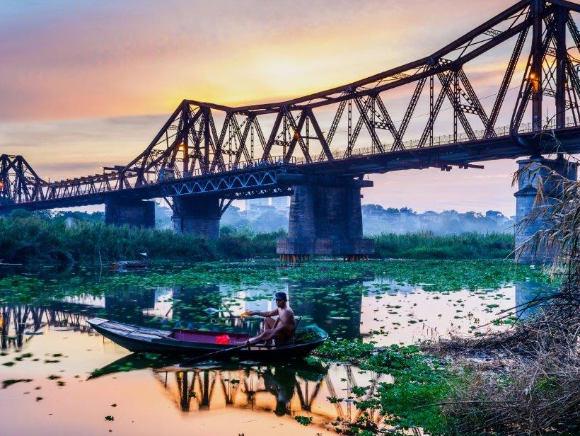WHY
VIET NAM

.png)
Nature
Over 3000 km coastline and the tropical weather, numerous all year-round sunny white sand beaches, diversified natures with mountains, national parks, nature reserves, bays, caves
.png)
History
Thousands of years of civilization, reigned by many feudal dynasties until the first half of 20th Century, went through wars from both internal and external. The country reunited & the peace was set throughout the territory completely in 1975.
.png)
Culture
54 ethnic groups with diverse customs and culture, long-held traditions in which Viet is the majority group. Life differs between cities, countryside and mountainous areas yet people are all friendly, helpful and hospitable.
.png)
Architecture
French colonial architecture remains: the government buildings, mansions & villas, city opera houses, bridge, churches and cathedrals, post office, or tree-lined boulevards found in major cities like Hanoi & Ho Chi Minh City together with blocked buildings & skyscrapers. Traditional architecture at many local villages in Hue & Hoi An while house-on-stilts are home to mountainous ethnic people.
.png)
Food
A variety of choices for food from local cuisine to Asian cuisine (Japanese, Korean, Chinese, Malaysian, Indian), Middle East’s (Lebanese, Turkish) and Western cuisine (Spanish, Italian, French) together with multiple fast food brands such as KFC, Mc Donald’s, Loteria,…
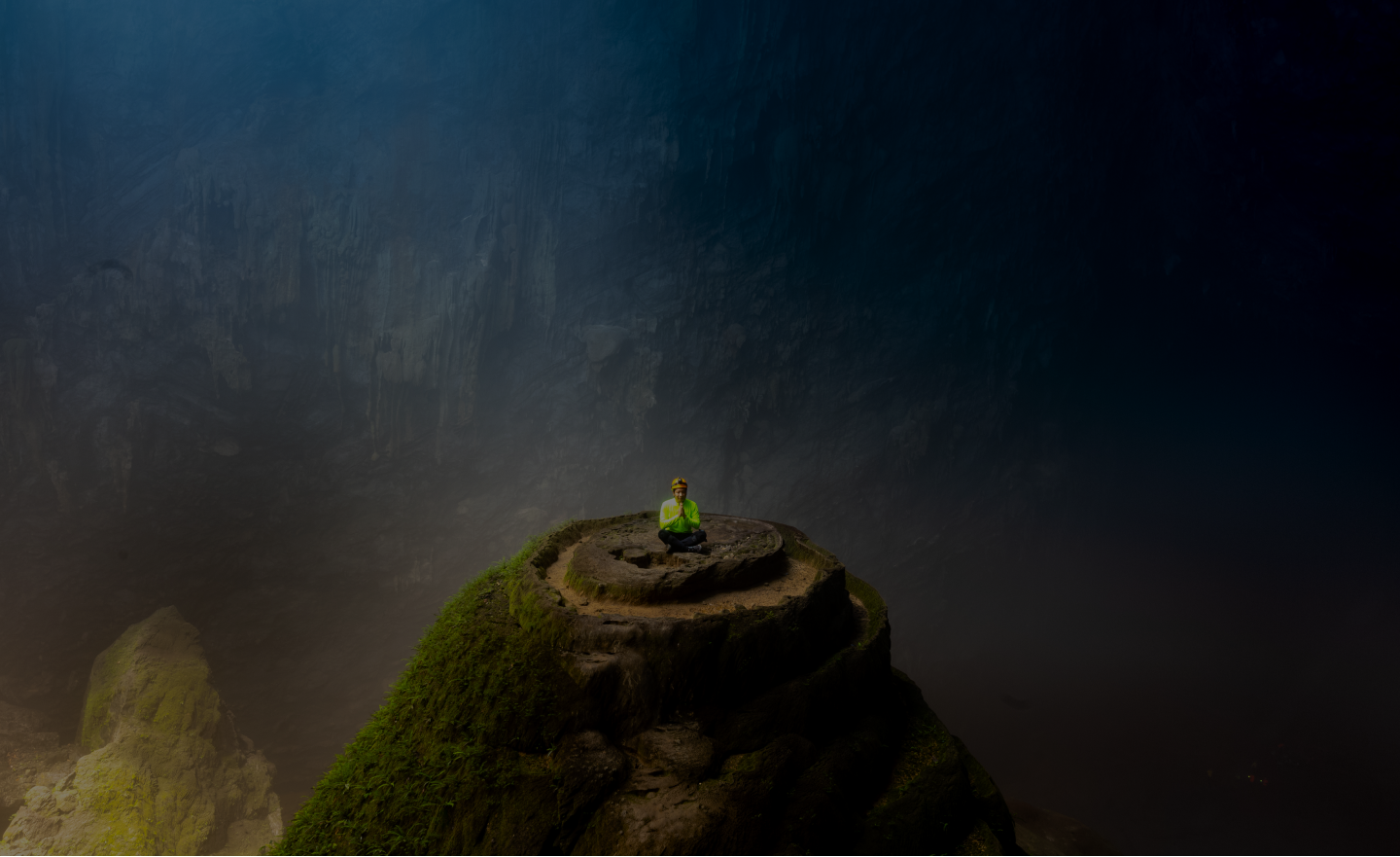
REGION
1
JAN
2
FEB
3
MAR
4
APR
5
MAY
6
JUN
7
JUL
8
AUG
9
SEP
10
OCT
11
NOV
12
DEC
NORTH












CENTER












SOUTH












CAPITAL:
HanoiPOPULATION:
98.17
million(2021)
AREA:
331.699
km2(128.070 m2)
LANGUAGE:
Vietnamese is the official language despite diverse ethnic languages spoken in many remote parts of the country.English is widely used specially among youth in big cities.
RELIGION:
Buddhists (75 %), Catholics (7%), Caodaïstes (2 %), Hoa Hao (2%), Protestants (0.75%), Muslims (0.1%)COORDINATES:
16’00 N, 106’00 EELECTRICITY:
Between220
Volt50 Hz
TIME ZONE:
GMT+7
HoursCURRENCY:
Vietnamese Dong VND ($1 = 23.500 VND – April 2023)USD is accepted in some tourist places, but with unfavorable rates.
ATMs are popular in most cities. Money withdrawal rate at ATMs costs an
average of 3.3%.
Credit cards are accepted widely except in local markets.
Visa for Vietnam
Vietnam now offers 22 countries a 15–30-day visa exemption.
E-Visa is available, which is good for a single entrance and a stay in Vietnam of up to 30 days. Visit the immigration website at https://evisa.xuatnhapcanh.gov.vn for details on acquiring an e-Visa.
Threeland is able to offer Visa approval letters for our partner’s clients on request.
Best time to visit Vietnam
The greatest seasons to visit Vietnam are from October to April although there is no one ideal period due to the vast variances in latitude and altitude. It's a great place to go any time of year.
Summer from May to September is also the ideal time to travel in terms of best price.
Dress code
Dress modestly, covering your shoulders and knees, when visiting religious places, the countryside, and the Ho Chi Minh Mausoleum. Before visiting a temple or pagoda, don't forget to take off your hat and shoes.
Emergency contact
To contact the police, an ambulance, or general phone number inquiries in an emergency, dial 113, 115, or 116, respectively.
Sometimes the switchboard operators may not always be competent in other languages, it may be beneficial to seek assistance from the locals.
Safety in Vietnam
For foreigners, Vietnam is regarded as a safe place to travel. Sadly, there is a chance of pickpocketing in popular tourist destinations like Hanoi and Ho Chi Minh City. It is advisable to adopt sensible safety measures when visiting crowded areas. High-end gadgets and other valuables should generally be locked in your luggage or kept in the hotel safe. Additionally, a waist belt or bag that hangs around the neck might be used to store money, a passport, or other such items.
Health advices
- Drink plenty of fluids during the day (2 liters).
- Do not drink tap water in Vietnam. Only bottled water is drinkable.
- Wash your hands frequently
- Avoid eating unpeeled fruit or raw vegetables and ice.
- Most important: trust your gut feeling. If you don’t like your food, stop eating and do a double check when eating from street vendors.
Do and don’t in Vietnam
Do
- On a trip to Vietnam, everyone should keep the word "respect" in mind. It is reciprocal, and the Vietnamese are by nature kind and welcoming. Visitors are expected to treat them and their beautiful land with respect.
- Respecting their faith and its structures, such as taking off your shoes before entering a temple, is one of the absolute must-dos. If visitors plan to visit temples, they should dress modestly. It is nice to ask people's permission before taking their photo, right?
Don’t
- You should always use both hands while giving or receiving something.
Even if you are on a tour, you will have plenty of free time.
- If you are traveling alone, you should have a map and the contact information for your lodging with you and should put any valuables you do not need with you in a safety deposit box at your hotel.
- You should always behave appropriately in public and never use your finger or foot to point. Additionally, touching someone's head is considered disrespectful.
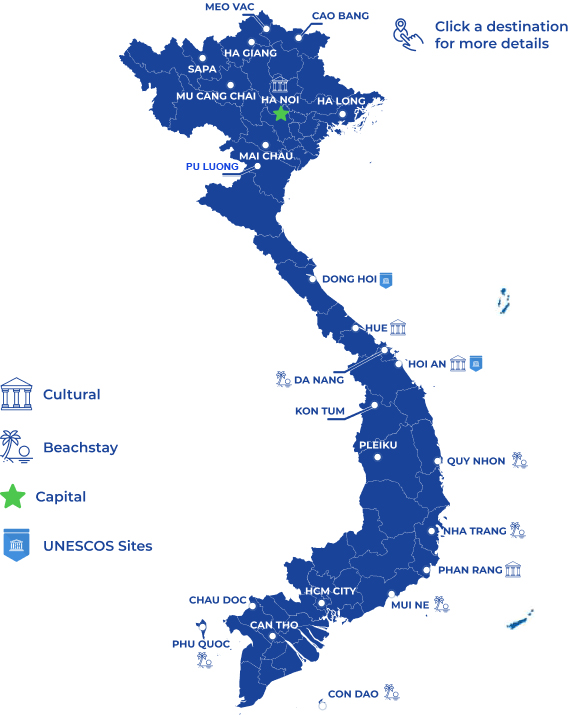
.png)
HUE
Known widely as the former royal capital in the 19th century, Hue, a Unesco site since 1994, reflects the old time’s delicacy and conservation with valuable vestiges from the last feudal dynasty, many ancient relics, archeological traces and a poetic, slow-paced rhythm. Despite only 2hrs from the sunny beaches and lively quarters of Danang and Hoi An, Hue is still quite different with special tranquil ambience that requires you more time to intermingle with the elegant people, to taste their plentiful dishes, to contemplate royal food décor and visit royal heritages’ ornaments, or just to bike thru quiet gardens and villages. For the Vietnamese, Hue is additionally known as a homeland of beloved musicians and artists, whose art masterpieces are found everywhere in the city.

Royal Legacies: The Royal Citadel Complex (UNESCO heritage) & Kings’ tombs (Khai Dinh, Minh Mang, Tu Duc), Hue Royal Court Music (UNESCO intangible heritage)

Buddhist roots: Thien Mu Pagoda, Tu Hieu Monastery

Nature: Bach Ma National Park, Tam Giang Lagoon, Lang Co Beach.

Others: Cyclo or cycling, dragon boat on Huong River, street food, royal dining, cooking tour.
TRENDING NOW
RECOMMENDED TOUR
10 Day. IMPRESSIVE VIETNAM
$599This tour will bring you to all must-see spots, UNESCO World Heritages sites of Vietnam from the North to the South, from vibrant Hanoi to dynamic Saigon into the depths of ancient heritages: the new 7 wonder of nature Halong bay, ancient capital Hue, historic Hoi An town, iconic Cham Towers in My Son sanctuary. From learning the traditional culture and history of Vietnam before reaching its development and excitement, you will see the country packed full of diverse ethnicity, etiquette, and elegance leaded by an experienced private local guide.
DESTINATION
TRAVELING
10 Day. Highlights in Vietnam
$529Joining us on this private Vietnam tour from tail to the top of the S shaped country Vietnam, into the depths of ancient heritage and fascinating culture, the extravagant sceneries and beaches. This Vietnam Tour Package features the best of Vietnam with Top-rated UNESCO-designated World Heritage Sites, beach relaxation, history & culture learning and local life experience with friendly local people. Vietnam will undoubtedly soothe all your senses and leave nothing but a thrilling remembrance, it could be a relaxing cruise in Halong bay or simply a moment at the Hoi An ancient town, or any place you have gone through.
DESTINATION
TRAVELING
Contact Us
Drop A Message
